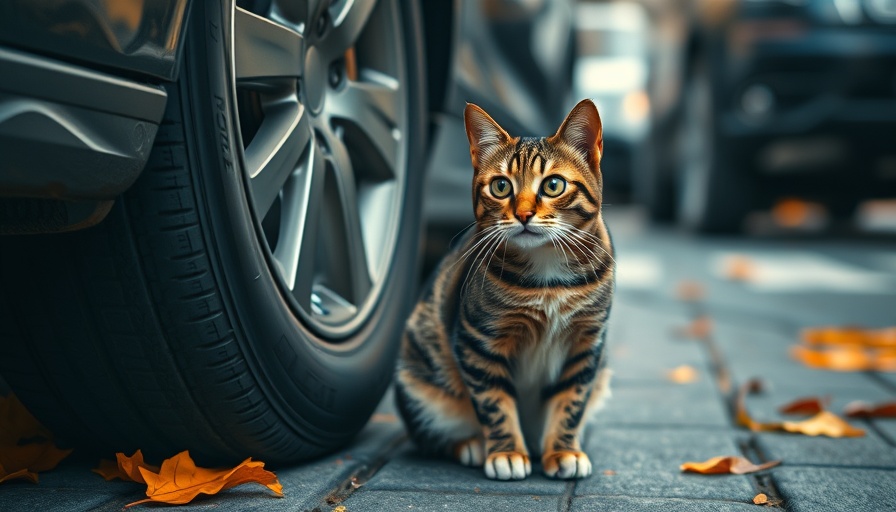
It's a Catastrophe: What to Do If Your Cat Is Hit by a Car
We all love our furry friends for their agility and playfulness, but accidents can happen when least expected. Cats, being curious creatures, often find themselves in perilous situations near roadways. If you’ve ever had the gut-wrenching experience of discovering that your cat has been hit by a car, knowing how to respond can be crucial. This guide aims to take you step-by-step through the essential actions to take in such an emergency.
Stay Calm To Help Your Cat
First and foremost, it’s important to remain calm. Animals can detect human emotions, and if you panic, it may heighten your cat's stress and anxiety. Taking a deep breath can help you think clearly, allowing you to communicate effectively with veterinary staff.
Conduct a Quick Injury Assessment
As hard as it may be, give your cat a quick visual and physical check. Is your cat responsive to touch? Observe their gums; healthy gums should be pink. You should also note their breathing rate—less than 30 breaths per minute is normal. If your cat exhibits any signs of distress, such as difficulty breathing, pale gums, or bleeding, inform the veterinary team as these are critical indicators of a serious condition.
Prompt Veterinary Care: The First Priority
Once you’ve assessed your cat’s condition, it’s crucial to transport them to the nearest veterinary emergency hospital without delay. If possible, have someone accompany you to gather information for the vet. Let them know if your cat was hit, how they were hit, and any observed symptoms. Calling ahead can significantly reduce wait times and prepare the vet staff for your arrival. This urgency can dramatically influence the outcomes for your beloved pet.
Understanding Your Cat’s Chances of Survival
The unfortunate truth is that the survival chances for a cat hit by a car can vary widely. Factors such as the impact speed, the area of the body that was affected, and the pre-existing health condition can all influence recovery rates. That said, many cats have survived severe accidents and gone on to lead healthy lives. Immediate veterinary attention provides the best chance of a positive outcome.
A Community Prepared for Emergencies
It’s not just individual cat owners who can prepare; community initiatives focusing on pet safety through awareness campaigns can help reduce cat-related traffic injuries. These programs could include educating drivers on being alert for wildlife and neighborhood pets. As cat lovers and advocates, we can collaborate to make our streets safer for our furry companions.
When You Return Home: Taking Care of Your Cat
After your cat has received medical attention, the road to recovery begins. They may need medications, additional monitoring of their health, and perhaps some physical rehabilitation. Having a quiet space set up at home where they can rest and heal will also contribute to their recovery. Remember, your support matters greatly, as your presence can provide immense comfort during this healing phase.
Looking Ahead: What Can We Learn from This?
Situations like these, while distressing, can lead to greater community awareness. As we educate ourselves on the best responses to emergencies involving our pets, we also create a network of support within our neighborhoods to help one another in times of crisis.
Pet safety extends beyond individual households. Adopting community measures that focus on road safety for pets can foster a more pet-friendly environment. Consider advocating for speed bumps in residential areas, as well as increased signage reminding drivers to be cautious.
A Call for Preparedness
Emergencies can strike at any moment. Thus, it’s essential to have a plan in place before an accident occurs. Create an emergency pet first-aid kit, familiarize yourself with nearby veterinary resources, and educate your family members on what to do if the worst happens. By taking these proactive steps, you enhance your ability to respond swiftly during crises.
In summary, knowing how to react if your cat is hit by a car can be the difference between life and death for your beloved companion. Stay calm, act quickly, and enlist the help of veterinary professionals to secure their health. Together, we can improve the safety of our community’s cats and ensure they thrive in their homes with us.
 Add Row
Add Row  Add
Add 


Write A Comment